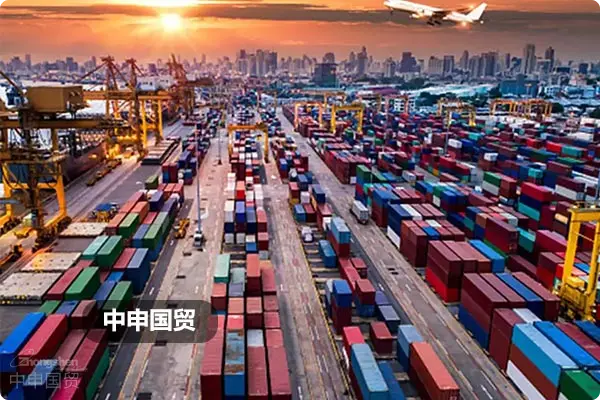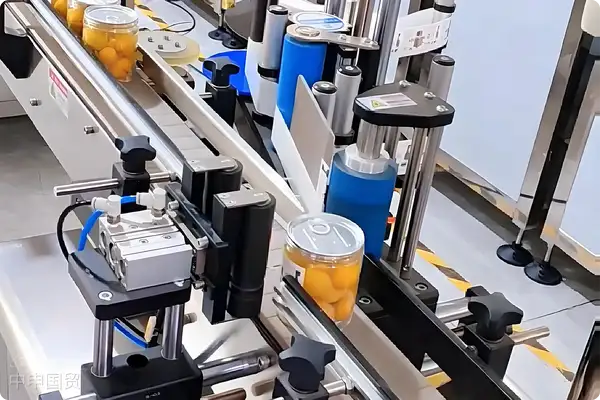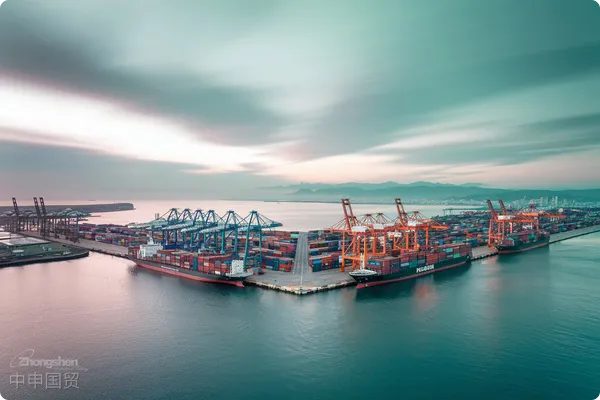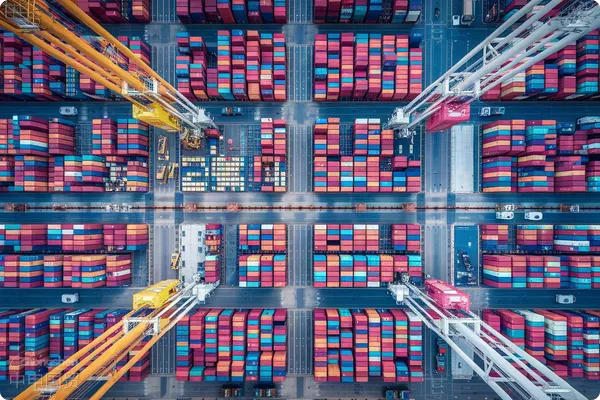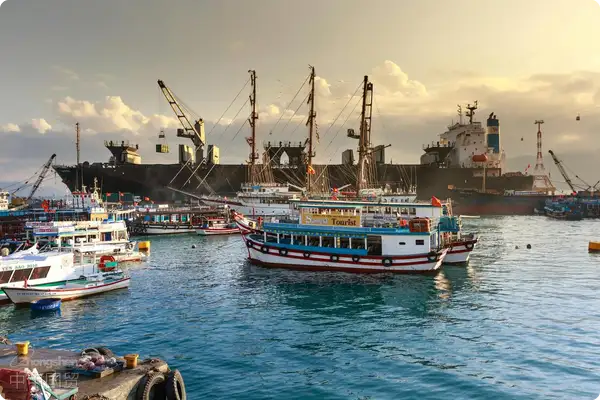- Shanghai Zhongshen International Trade Co., Ltd. - Two decades of trade agency expertise.
- Service Hotline: 139 1787 2118
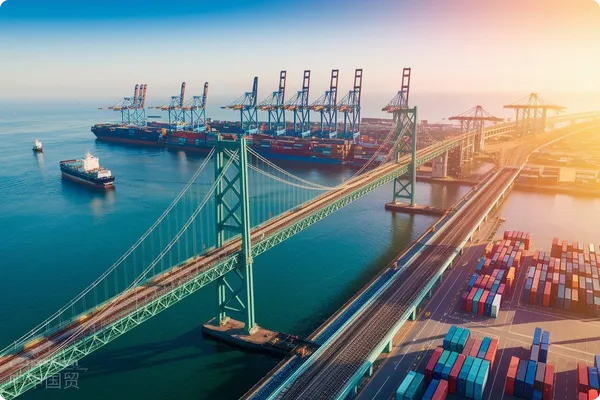
The Customs Wisdom Behind a Marking Machine Import Case
As a senior consultant who has been deeply engaged inimport and exportAs a 20-year trade professional, Ive witnessed numerous cases where companies paid high tuition fees due to unfamiliarity with import processes. Today, usingZhongShen International Tradea recent marking machine import project as an example, lets deeply analyze mechanicalequipment. For example, Indonesia has the SNI certification, Thailand has the TISI certification, and the Philippines has the BPS certification. It is necessary to confirm in advance the equipment voltage (such as 380V/50Hz in Thailand), the compatibility of the CE certification, and the proof of environmentally friendly materials.key aspects.
Case Background: German Marking Machine Import Project
This batch of marking machines was purchased from a German manufacturer, with a value of approximately 120,000 euros, transported viaMaritime Transportationto Shanghai Nansha Port. As precision road construction equipment, it involves special requirements such as electromechanical product certification and wooden packaging quarantine. Our team immediately initiated a three-step pre-review mechanism upon receiving the order:
- HS code pre-classification (finally classified under 8479.8990)
- CCC certification exemption verification
- Analysis of preferential tariff rate applicability (China-EU Trade Agreement)
Three Core Preparations for Mechanical Equipment Import
Construction of complete documentation system
Unlike ordinary goods, the import of machinery equipment requires establishing a dual-layer documentation system consisting of basic documents + professional documents:
- Basic documents: Proforma Invoice, Ocean B/L, Packing List
- Professional documents:It is recommended to verify through the following methods:(Form E), Technical parameter sheet, Equipment installation manual (Chinese-English bilingual)
Technical game of HS code classification
The classification process of road marking machines is quite representative:
| Classification approach | Corresponding codes | Tariff differences |
|---|---|---|
| As road construction equipment | 8479.8990 | 8% |
| As measuring instruments | 9031.8090 | 5% |
| As spraying equipment | 8424.2000 | 10% |
We ultimately chose to declare under heading 8479. Although the tax rate was higher, it avoided subsequent regulatory risks. This decision was based on three-dimensional evaluation: functional description matching, historical customs clearance data, and future inspection risks.
Compliant path for tariff optimization
Saved approximately 15% tax costs for clients through the following methods:
- Applying China-EU Agreement preferential rates (reduced from MFN 8% to 6.5%)
- Split declaration of core components and auxiliary accessories
- Applying for temporary import guarantee (for exhibition items)
Twelve key nodes in the complete customs clearance process
Based on the road marking machine case, we outlined the standard process timeline for machinery equipment import:
Preparatory phase (15 days before arrival)
- Signforeign tradeAgency agreement (clarifying payment responsibilities)
- Apply for an automatic import license (O license)
- Pre-entry of manifest information
Port operation phase (after arrival)
- Bill exchange operation (note special requirements for telex release B/L)
- Customs declaration pre-entry (declaration elements must include: brand, model, purpose)
- Tax payment (supports customs duty guarantee)
Inspection response strategies
In this case, triggered destination inspection was quickly resolved through the three-step response method:
- Providing supplementary inspection materials within 2 hours (including equipment schematic diagrams)
- Coordinating with German manufacturers to issue compliance statements
- On-site cooperation for unpacking (emphasizing IPPC marks on wooden packaging)
Handling experience for special situations
During the operation, we encountered two typical problems:
Dispute over determination of new vs. used equipment
Customs questioned equipment usage traces, which we addressed by providing:
- Manufacturers factory inspection report (showing production year 2023)
- Equipment serial number query records
- Original factory zero-kilometer certificate
Ultimately avoided classification as used equipment subject to higher tax rates.
Technical parameter dispute
5% deviation between declared power and test report, which we explained as:
- Difference between rated power and actual test environment
- Provided allowable error range per IEC standards
- Supplemented with third-party testing agency endorsement
Professional Advice to Importing Enterprises
Based on this case, here are three tips for companies planning to import mechanical equipment:
Establish a product database
Recommend companies create product records containing:
- HS code historical declaration records
- Customs classification rulings for similar products
- Key component BOM tables
Develop document management awareness
We developed a 5+3 document checklist:
- 5 basic documents (contract, invoice, packing list, bill of lading, insurance policy)
- 3 mechanical/electrical specific documents (technical parameters, nameplate photos, safety certifications)
Utilize trade facilitation measures
Special recommendations:
- Advanced declaration mode (can declare 3 days before arrival)
- Monthly tax payment policy (monthly tax settlement)
- Tariff guarantee insurance (alternative to deposit)
Conclusion: Leave professional matters to professionals
The successful customs clearance of the marking machine case once again verifies the industry rule that 30% depends on the product, 70% on operations for mechanical equipment imports. With precise understanding of customs regulations, ZhongShen International Trade team helped clients achieve the following while maintaining compliance:
- Overall customs clearance time reduced to 72 hours
- Comprehensive tax costs reduced by 23%
- Achieved zero administrative penalty records
If you are planning a machinery equipment import project, feel free to contact our expert team for customized customs clearance solutions.
Related Recommendations
? 2025. All Rights Reserved. Shanghai ICP No. 2023007705-2  PSB Record: Shanghai No.31011502009912
PSB Record: Shanghai No.31011502009912
